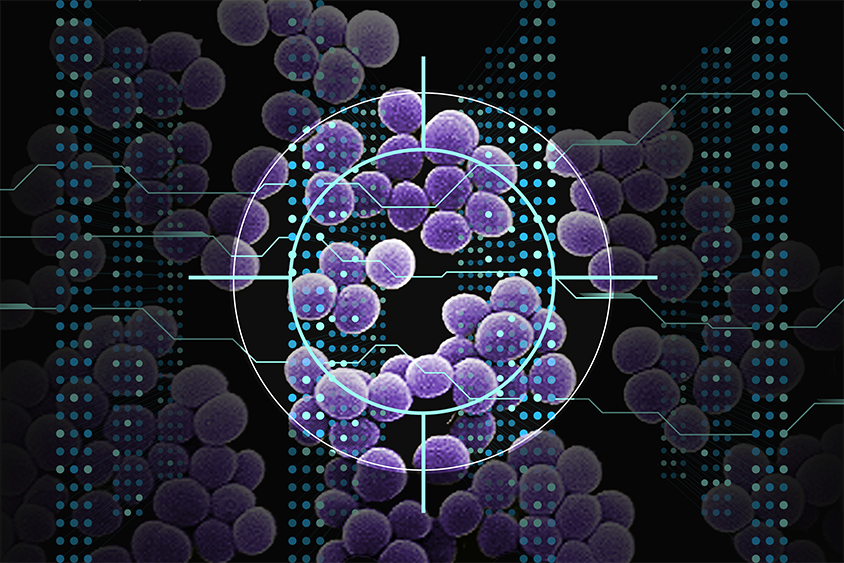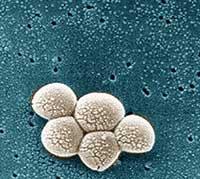Identification of new antibiotics through neuronal networks
2023/12/20 Etxebeste Aduriz, Egoitz - Elhuyar Zientzia Iturria: Elhuyar aldizkaria

New antibiotics have been found to help fight resistant bacteria using artificial intelligence. These compounds have demonstrated their efficacy against methicillin-resistant Staphylococcus aureus (MRSA) in mice and have observed very low toxicity to human cells. The results have been published in the journal Nature.
MIT researchers trained a deep learning model with information on the antibiotic effect and chemical structure of 39,000 compounds. In addition, they trained three other models to predict that the compounds were toxic to three types of human cells. With this battery of models, 12 million compounds available on the market were analyzed. Thus, five types of compounds were identified which, depending on their chemical structure, could be effective against MRSA.
In the laboratory, about 280 such compounds were tested, and it was observed that two similar compounds could be very good candidates for combating MRSA, as they managed to reduce the population of these bacteria by 10 times. Experiments have shown that these compounds kill bacteria because they prevent them from maintaining the membrane's electrochemical gradient. They only affect bacterial membranes and not human cells.
On the other hand, one of the most important innovations in research is that researchers have managed to extract the information and reasoning that the deep learning system has used to predict the antibiotic capacity of the compounds. Because so far, one of the problems with these systems was that they worked as a black box. And this information could be very useful for designing even more efficient antibiotics, for example.

Gai honi buruzko eduki gehiago
Elhuyarrek garatutako teknologia




_display.jpg)

